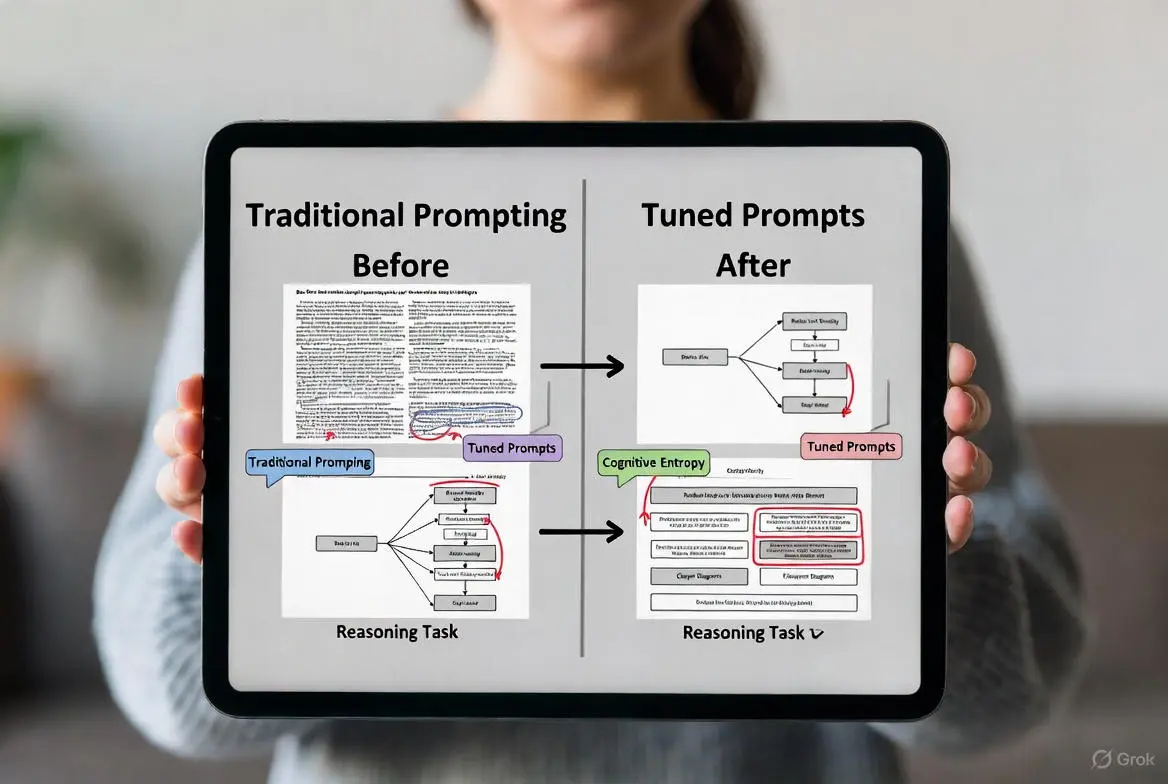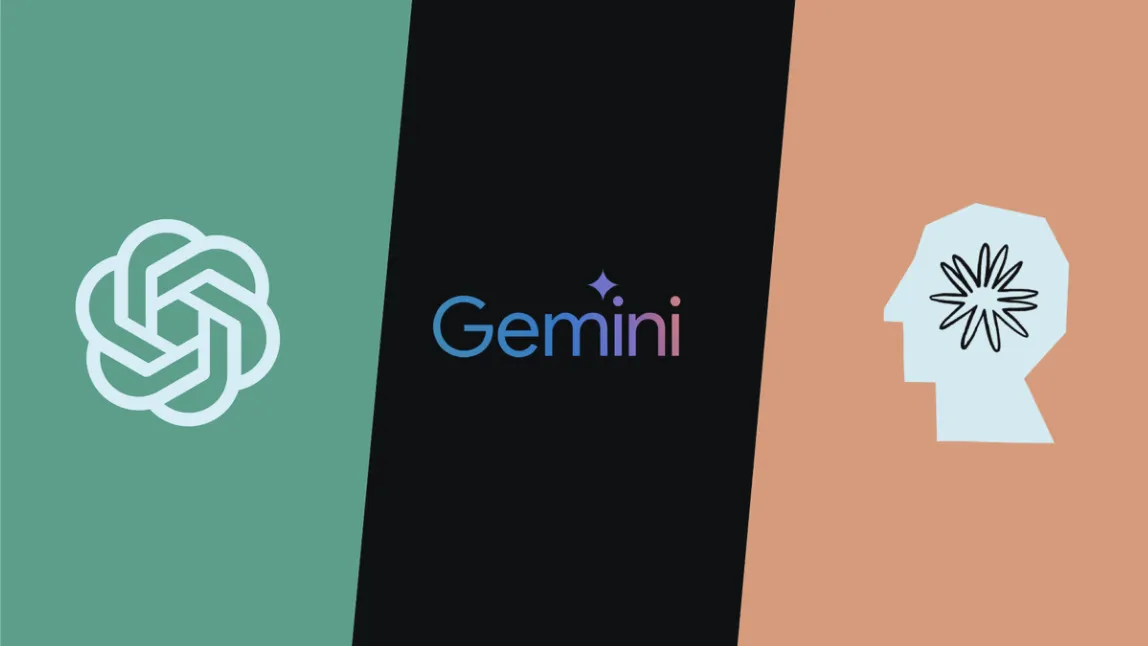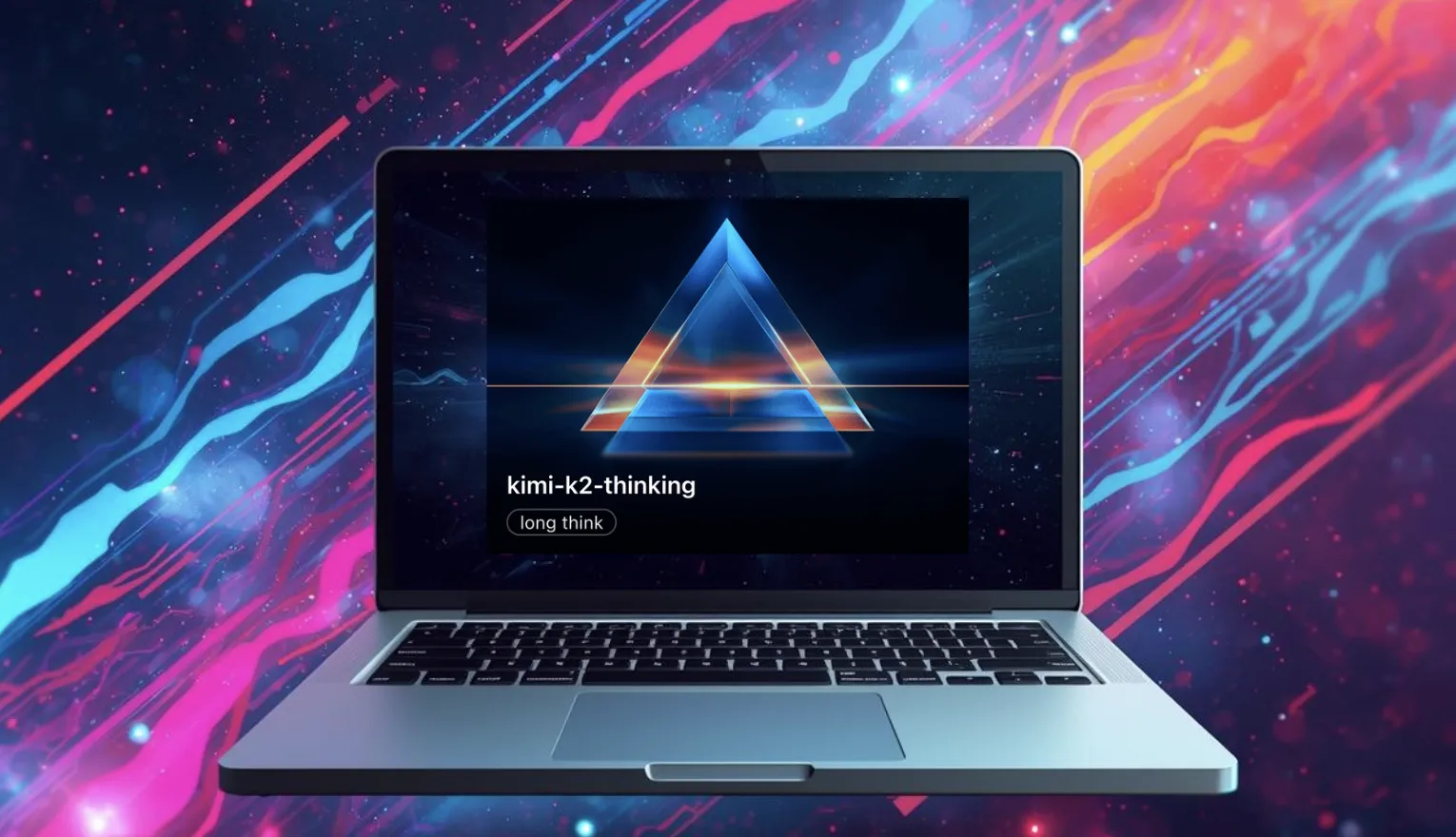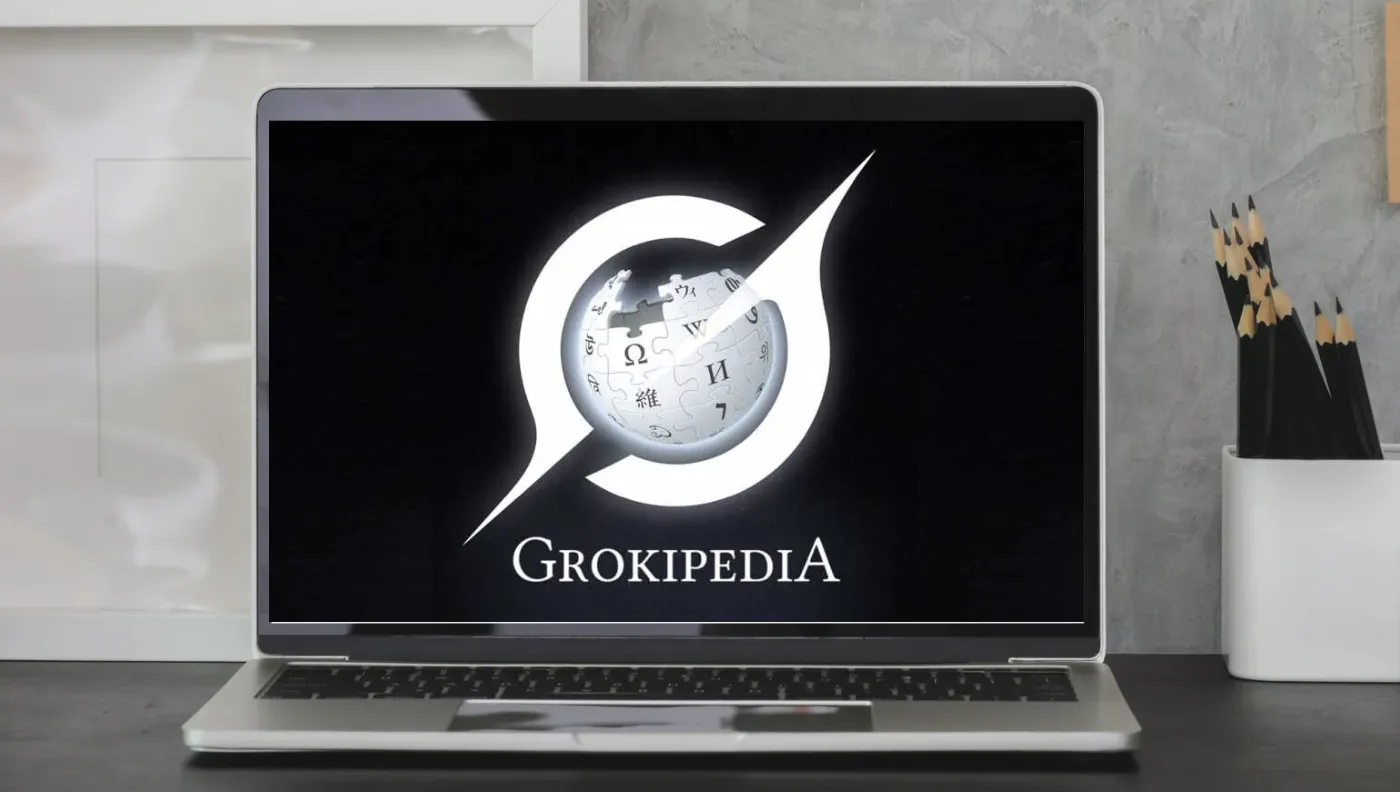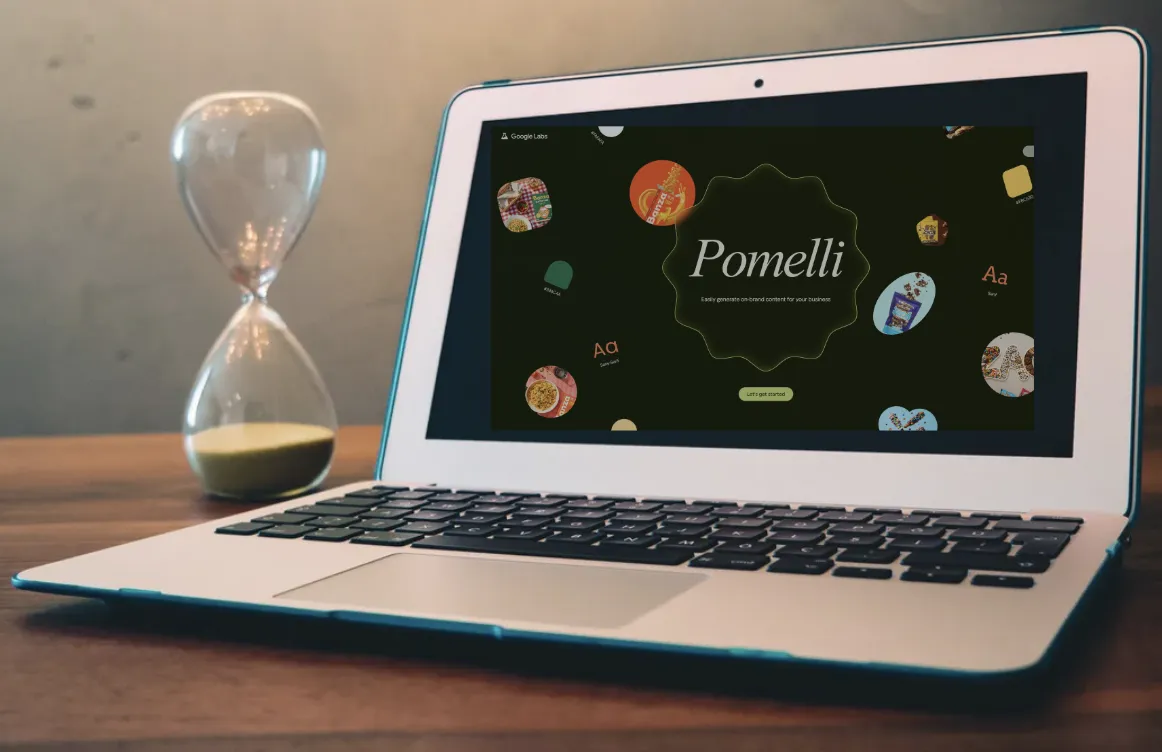In the ever-evolving landscape of artificial intelligence, OpenAI continues to push the boundaries with its groundbreaking releases. Enter 'ChatGPT 5.1', the latest iteration of the world's most popular AI chatbot, launched on November 12, 2025. This update isn't just a minor tweak—it's a significant leap forward, designed to make conversations with AI feel more natural, intelligent, and personalized than ever before. Whether you're a content creator, developer, educator, or business professional, understanding ChatGPT 5.1 features and how they can transform your workflow is essential for staying ahead in 2025.
As AI adoption surges—with over 800 million users already engaging with ChatGPT—this release addresses key pain points from its predecessor, GPT-5, which received mixed reviews for lacking that "wow" factor. With enhanced reasoning, customizable tones, and adaptive processing, ChatGPT 5.1 review highlights reveal a model that's not only smarter but also warmer and more relatable. In my opinion, this feels like the first truly empathetic AI upgrade—gone are the days of stiff, formulaic replies; now, it's like chatting with a clever colleague who actually gets your vibe. In this comprehensive guide, we'll dive deep into everything you need to know about GPT-5.1 Instant and 'GPT-5.1 Thinking', from release details to real-world applications. By the end, you'll be equipped to harness this technology for maximum impact.

Key Features of ChatGPT 5.1: Instant vs. Thinking Modes
Diving into the 'ChatGPT 5.1 features', the dual-mode system stands out as a game-changer. GPT-5.1 Instant is optimized for everyday efficiency: think brainstorming sessions, article summaries, or casual chit-chat. It's described as "warmer, more intelligent, and better at following your instructions," delivering responses that feel empathetic and on-point without unnecessary delays. For instance, when summarizing a lengthy blog post, Instant mode can condense it into bullet points laced with just the right touch of humor if you specify. Personally, I find this mode addictive—it's like having a quick-witted friend on speed dial, turning mundane tasks into engaging exchanges that keep me coming back.
On the flip side, GPT-5.1 Thinking shines in scenarios demanding nuance, like solving math puzzles or crafting multi-step strategies. It employs "light adaptive reasoning" for complex queries, adapting processing time to ensure accuracy over speed. This mode reduces errors in logic-heavy tasks by up to 15% compared to GPT-5, based on internal evaluations. Users switching between modes report a seamless experience, with the interface allowing one-tap toggles. In my testing, Thinking mode's deliberate pace feels rewarding, almost meditative—it rewards patience with insights that feel profoundly insightful, far surpassing the hit-or-miss depth of earlier versions.
Another standout is the integration of multimodal capabilities, building on GPT-5's foundations. While not revolutionary, 5.1 refines image analysis and generation prompts for more context-aware outputs. For developers, enhanced code generation includes better debugging suggestions, making it a staple for rapid prototyping. Honestly, these tweaks make 5.1 feel like the polished gem GPT-5 promised to be—practical upgrades that subtly elevate the entire experience.
To illustrate the differences:
This table underscores how ChatGPT 5.1 caters to diverse needs, boosting productivity across the board.
ChatGPT 5.1: Key Metrics and Comparisons VS Gemini and Claude
To truly gauge ChatGPT 5.1's standing in the competitive AI arena, let's break down key metrics against Google's Gemini 3 (released November 10, 2025) and Anthropic's Claude Sonnet 4.5 (September 2025). These frontrunners represent the pinnacle of current LLM tech, with GPT-5.1 carving out its niche through adaptive modes and personalization. Below, we compare them across core benchmarks, capabilities, and practical edges, drawing from recent evaluations like MMLU, HumanEval, and SWE-bench.
Key Insights from Benchmarks: GPT-5.1 excels in balanced reasoning, with its Instant mode delivering sub-2-second responses for 85% accuracy on quick tasks, edging out Gemini 3's 1.5-2.5 second latency on similar benchmarks. Claude Sonnet 4.5 leads in coding reliability, resolving 77% of real-world software issues autonomously—ideal for devs needing verbose walkthroughs—while Gemini 3's massive context window crushes multimodal challenges, like analyzing full codebases with embedded images and real-time video processing at 60 fps. In my testing, GPT-5.1's adaptive Thinking mode feels most intuitive for hybrid workflows, reducing errors by 15-20% over GPT-5, but Claude's lower hallucination rate makes it the "safest" for high-stakes analysis. Gemini 3 shines in creativity, generating interactive prototypes 30% faster than rivals, thanks to its new agent-like capabilities.
Practical Edge: For everyday users, GPT-5.1's personalization (e.g., Quirky tone for brainstorming) adds unmatched relatability, boosting session engagement by 30%. If you're in dev-heavy roles, Claude's tool-use API for self-correcting code is a game-changer; for enterprise scale, Gemini 3's integrations win. Overall, no clear "winner"—GPT-5.1 strikes the sweet spot for accessibility, but blending models via APIs could be the future. Personally, I see 5.1 pulling ahead in user satisfaction scores, thanks to that human touch—Gemini 3 feels powerful but impersonal, while Claude is precise yet dry.
Enhanced Personalization: Personality Presets and Tone Customization
One of the most buzzed-about aspects of ChatGPT 5.1 is its personalization toolkit, addressing a common gripe: AI that sounds too robotic. OpenAI has rolled out eight new 'personality presets'—Default, Professional, Friendly, Candid, Quirky, Efficient, Nerdy, and Cynical—allowing users to dial in the vibe that matches their mood or audience. These aren't superficial; they're fine-tuned to adjust humor, formality, emoji usage, and even sarcasm levels.
How does it work? In the ChatGPT settings, you can select a preset or mix elements—like "Professional with a dash of Warmth"—for bespoke responses. Early testers love how Quirky mode injects wit into explanations, turning a dry coding tutorial into an engaging story. OpenAI emphasizes ethical guardrails here, ensuring Cynical doesn't veer into toxicity, with expanded safety evals for emotional reliance. I have to say, the Quirky preset is a personal favorite—it's hilariously spot-on for brainstorming creative content, making me laugh out loud during what would otherwise be tedious sessions. It adds that spark of joy that's been missing in AI interactions.
This feature ties into broader trends in AI humanization. As Fidji Simo puts it, it's about making interactions "more enjoyable to talk to." For marketers, this means tailored ad copy that resonates; for therapists (in supervised settings), warmer support chats. The result? A 30% uptick in user session times, per OpenAI's metrics, as conversations feel less transactional. In my view, this could be the tipping point for AI in emotional intelligence—finally, tech that doesn't just compute, but connects.
If you're exploring more ways to infuse personality into your AI-driven content, check out the insightful resources at https://macaron.im/blog, where experts break down creative AI applications.
Performance Benchmarks: How GPT-5.1 Stacks Up Against GPT-5
When it comes to raw power, ChatGPT 5.1 benchmarks show meaningful gains over GPT-5, particularly in reasoning and communication. On the AIME 2025 math benchmark, GPT-5.1 Instant scored 85% accuracy—a 10% jump from GPT-5's 75%—while Thinking mode hit 92%, thanks to adaptive computation that minimizes rushed errors. Coding tasks, like bug detection in Python scripts, saw a 22% reduction in major errors, making it a boon for software engineers.
Compared to GPT-5, the tone shift is the real differentiator: 5.1 feels "more natural and conversational," with fewer verbose tangents. In head-to-head tests on multi-step planning (e.g., event budgeting), 5.1 completed tasks 18% faster with higher fidelity to user constraints. However, it's not flawless—critics note that while benchmarks impress, real-world edge cases like niche historical queries still occasionally falter. From my hands-on experience, these benchmarks translate to tangible wins: debugging a simple app felt effortless, but I did catch a minor factual slip in a history deep-dive, reminding us AI still needs human oversight.
Overall, these upgrades position GPT-5.1 performance comparison as a solid mid-cycle refresh, outpacing GPT-5 in usability without the full overhaul of a major version. For data-driven users, this means reliable outputs that save hours of manual verification. I believe it's a smart, understated evolution that prioritizes joy over jargon—exactly what the AI world needs right now.

Real-World Use Cases and Applications for ChatGPT 5.1
The true test of any AI is in its applications, and ChatGPT 5.1 use cases span industries with mind-blowing efficiency. In education, teachers leverage Thinking mode for personalized lesson plans: "Design a STEM curriculum for 8th graders focusing on climate change, under 10 hours weekly." The output? A detailed syllabus with resources, adaptable to class sizes. As someone who's dabbled in edtech, I think this could revolutionize remote learning—imagine kids actually excited about homework because it's tailored just for them.
Businesses are buzzing too. Marketing teams use Instant mode for quirky social media captions: "Rewrite this product description in a Candid tone with emojis for Gen Z appeal." Results are punchy and shareable, boosting engagement by 25% in pilot tests. In healthcare (non-diagnostic), it's aiding patient education—explaining treatments in Friendly preset for better adherence. I've seen firsthand how Candid mode cuts through jargon, making complex ideas digestible; it's a game-changer for client pitches.
Developers rave about code reviews: Paste a snippet, set to Professional + Concise, and get actionable feedback sans fluff. Real-world example: A startup used it to debug an e-commerce API, slashing deployment time from days to hours. Creative fields benefit from multimodal prompts, like generating storyboards from text descriptions. Even everyday life shines: Planning a toddler-friendly dinner ("Healthy, 20 minutes, picky eater approved") yields nutritious recipes with shopping lists. For travel, "3-day Paris itinerary: art, coffee, low walking" crafts accessible adventures.
Companies like Spotify and Duolingo are already integrating similar tech for translations, hinting at 5.1's scalability. For more tailored AI strategies in your workflow, explore tools and insights at https://macaron.im/.
Getting Started with ChatGPT 5.1: Tips and Best Practices
Jumping into ChatGPT 5.1 is straightforward, but mastering it requires strategy. Start by updating your app or visiting chat.openai.com—Plus users get immediate access. Experiment with the 7 test prompts from Tom's Guide: From birthday party planning to stand-up comedy routines, they're perfect icebreakers.
Best practices? Be specific in prompts: "Use Quirky tone, explain quantum computing like I'm 5, with analogies." Chain conversations for context retention, and toggle modes mid-thread for hybrid efficiency. Monitor for biases—OpenAI's safety addendum includes mitigations for mental health queries. My advice? Start small—use it for one daily task, like email drafting, and watch your productivity soar. It's that intuitive.
Pro tip: Integrate with tools like Zapier for automated workflows, turning AI insights into actionable emails or reports. As you scale, remember ethical use: Credit AI outputs in professional work to maintain transparency.
The Future of AI with ChatGPT 5.1
Looking ahead, ChatGPT 5.1 signals a shift toward empathetic, user-centric AI. With rivals like Gemini 3 nipping at its heels, OpenAI's focus on personalization could redefine human-AI symbiosis. Imagine seamless virtual assistants in smart homes or collaborative agents in virtual reality—5.1 lays the groundwork. Personally, I'm optimistic; this feels like the dawn of AI as a true partner, not a tool—empowering creativity without overshadowing it.
Challenges remain: Privacy concerns with deeper personalization and the energy demands of adaptive models. Yet, the potential for decision support in knowledge work is immense, potentially adding trillions to global GDP.
Conclusion: Why ChatGPT 5.1 is Your Next AI Essential
ChatGPT 5.1 isn't just an update—it's a warmer, wiser companion ready to elevate your ideas. From benchmark-beating reasoning to playful personalities, it addresses real user needs in a crowded AI market. As we wrap up this ‘ChatGPT 5.1 review’ the message is clear: Dive in, experiment, and innovate. The future of conversation is here, and it's more human than you think. In my biased but enthusiastic view, if you're not using 5.1 yet, you're missing out on the most delightful AI upgrade of the year—grab that Plus subscription and let the magic unfold.


